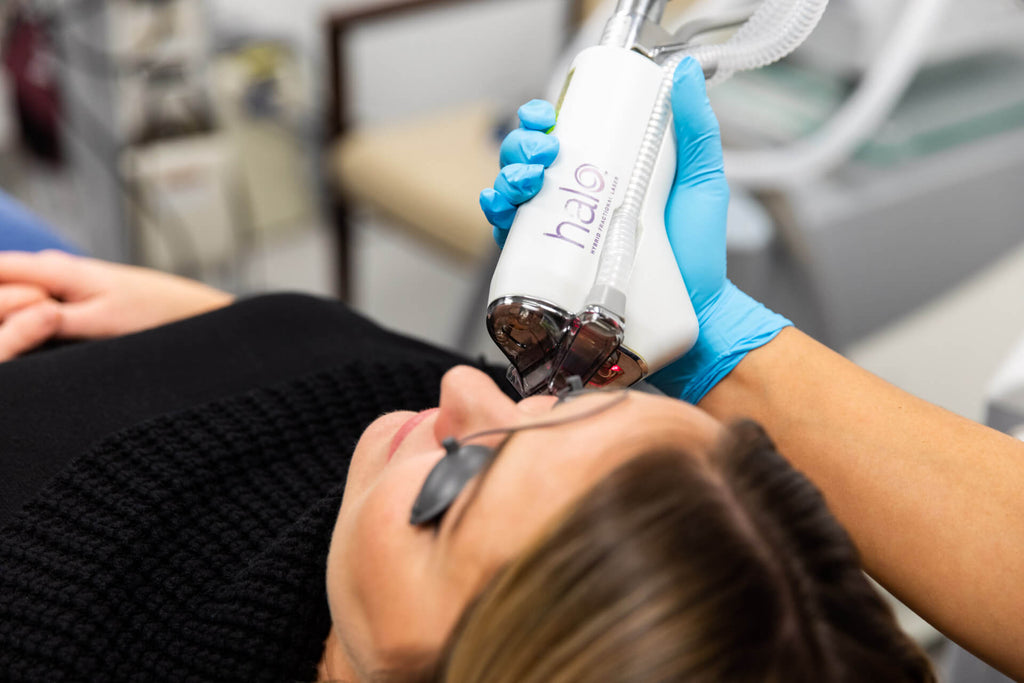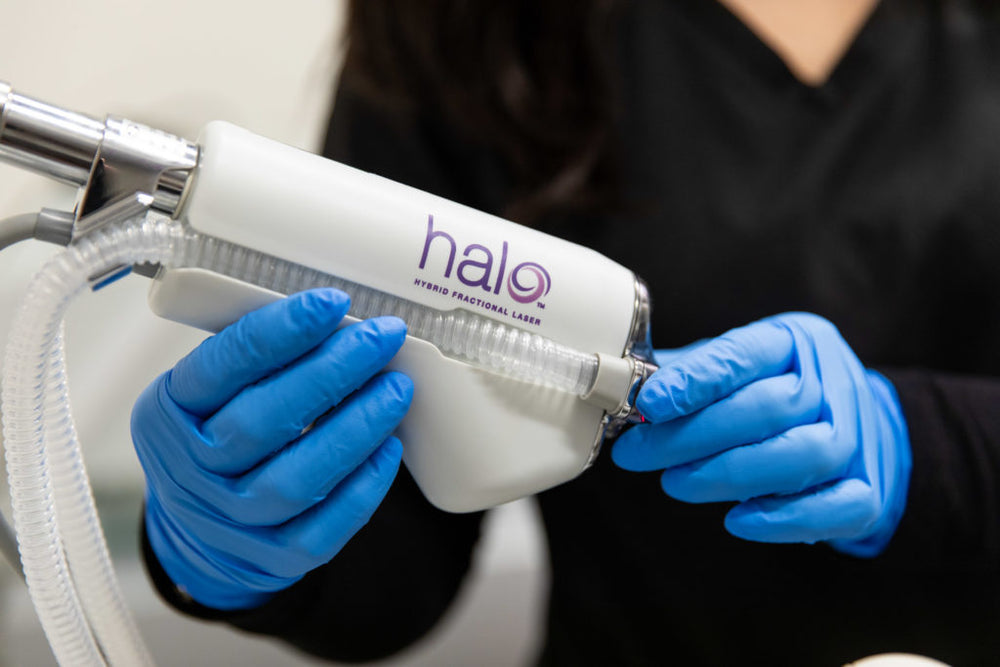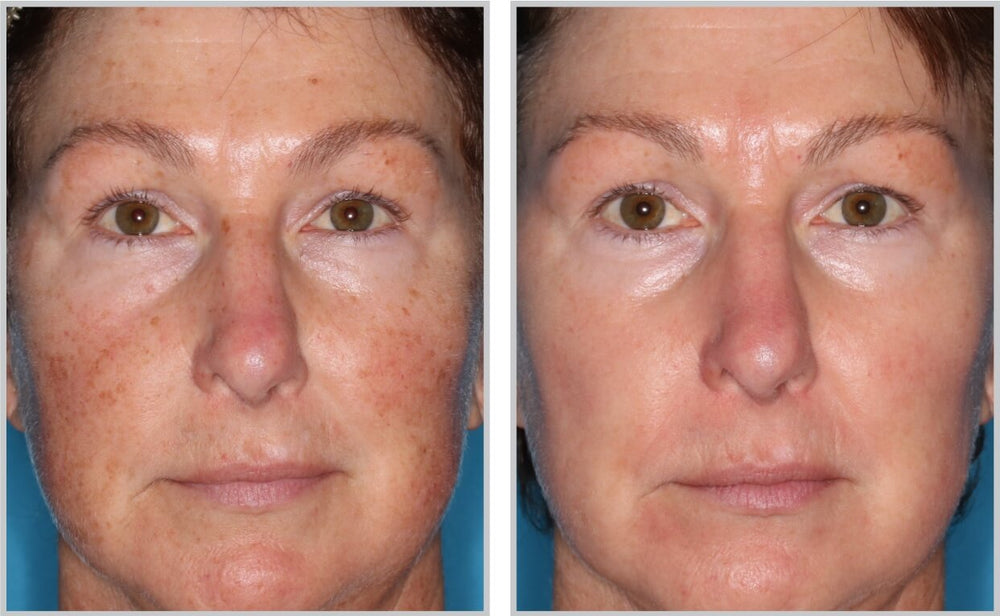What to expect at The Skin Lab?
To ensure a comfortable experience, a topical numbing cream is applied to the face before the treatment. The HALO procedure typically takes around 45 minutes, depending on the area treated, and may take longer for more extensive treatments.
Mild swelling or a light prickling sensation during the process may occur.
Temporary small dark spots may appear on the treated area, which should fade within a few days. Patients may also experience
slight bruising or peeling, but these are normal symptoms and typically subside after a week.


